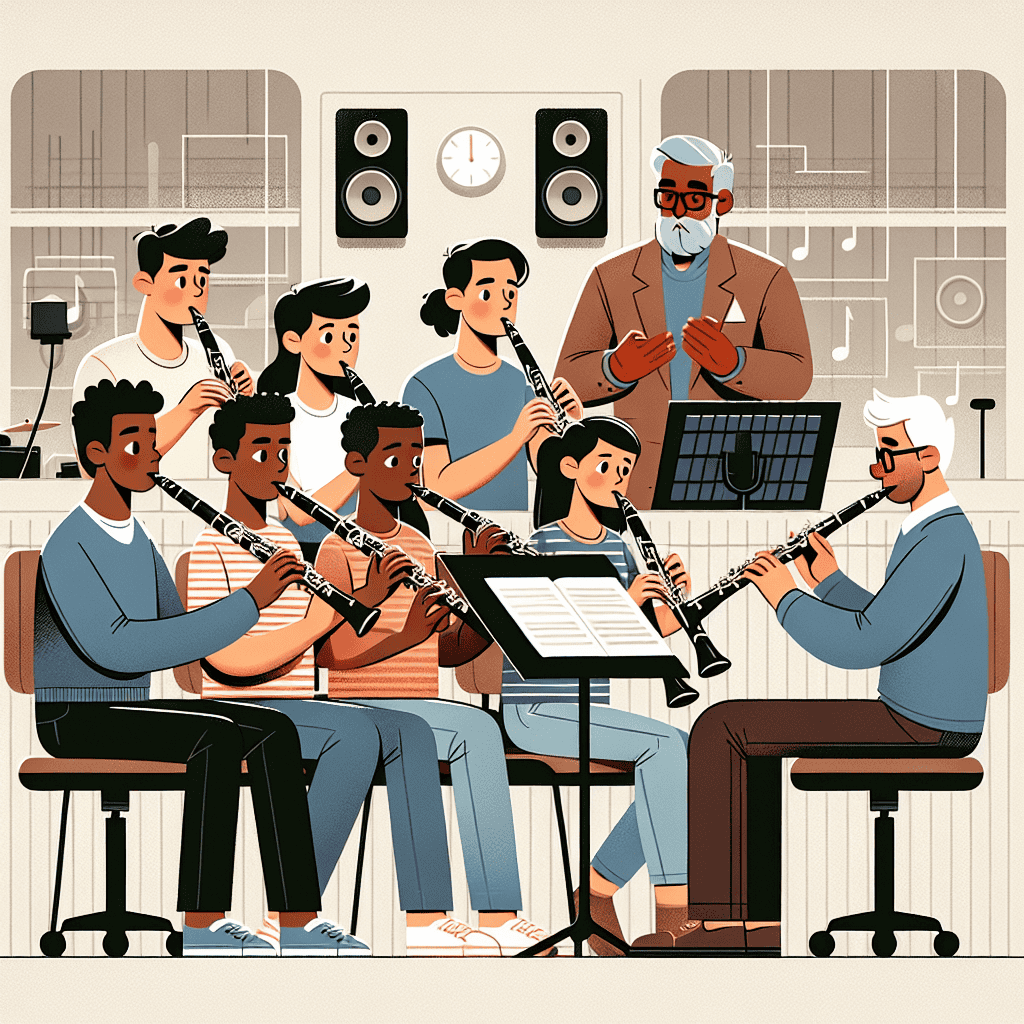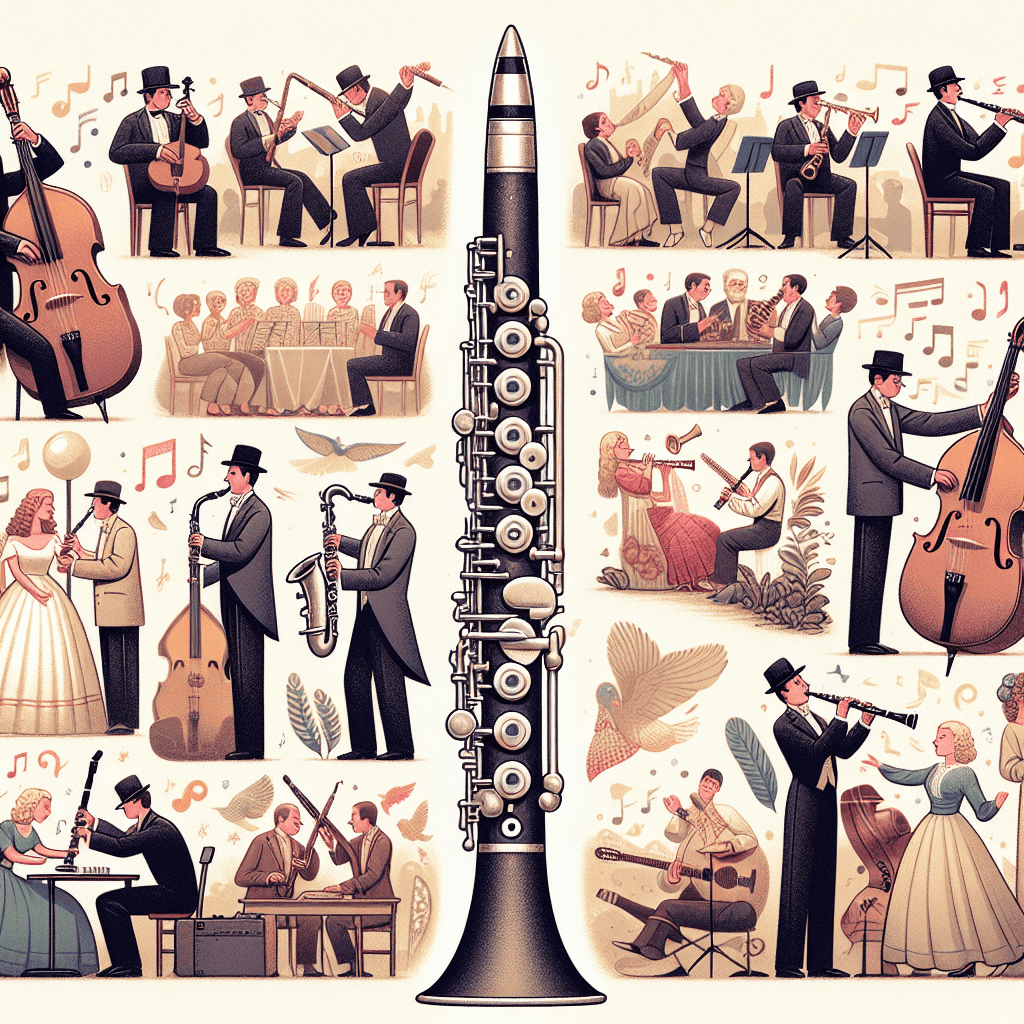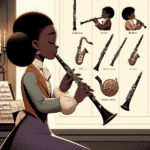Don Byron is a name that stands out in clarinet music and beyond. Known for his innovative approach, this talented musician has created a unique blend of jazz, classical, and various ethnic music traditions, showcasing the clarinet's versatility. Let's explore Byron's journey, his influences, his distinctive style, and the lasting impact he's had on the clarinet community and contemporary music.
Early Years and Musical Foundations
Born in 1960 in New York City, Don Byron's early exposure to music shaped his future career. His father, a jazz musician, nurtured his love for sounds and rhythms. Byron picked up the clarinet at a young age and quickly fell in love with its rich tonal qualities. He learned from talented teachers and explored various musical styles, which expanded his musical horizons beyond classical music.
Education and Influences
Byron's formal education played a key role in developing his skills. He studied at the New York School of Music and the Manhattan School of Music, where he improved his technique and learned more about music theory. Drawing inspiration from a wide range of musicians, from Louis Armstrong to modern composers, he developed a unique clarinet style that would set him apart in the music world.
Byron's ability to blend different genres, including jazz and klezmer, into his clarinet playing paved the way for a career that would push boundaries and challenge traditional music norms.
| Genre | Influence on Byron's Style |
|---|---|
| Jazz | Improvisational skills, rhythmic complexity |
| Classical | Technical precision, tonal control |
| Klezmer | Expressive phrasing, unique tonal colors |
The Jazz Connection
Byron's big break came in the early '90s when he started gaining recognition in the jazz community. His album “Music for Six Musicians” showed off his talent for combining complex melodies with improvisation. The creativity in his compositions pairs perfectly with his clarinet technique, captivating listeners. His work shows how the clarinet can cross genre boundaries, moving smoothly between jazz improvisation and structured classical elements.
Notable Collaborations
One of the standout aspects of Byron's career is his work with other influential musicians. He has performed alongside well-known artists like Gregory Porter and the talented vocalist and composer Carole King. These partnerships have boosted his reputation in the industry and allowed him to push his creative boundaries even further. Through these collaborations, Byron has adapted his style, improving his playing techniques and bringing fresh interpretations to both his music and the influences of others.
Technique and Style
What makes Don Byron stand out from other clarinetists isn't just his diverse repertoire, but also how he approaches playing the instrument. He stresses the importance of breath control and flexible embouchure, which are key to achieving good tone quality and dynamics. For both new and experienced clarinet players, studying Byron's techniques can offer valuable insights into playing the clarinet with expression.
- Embouchure: Byron uses a relaxed but controlled embouchure that allows for smooth transitions between notes. This control helps maintain clarity, which is essential for his complex melodic lines.
- Tonguing Techniques: He uses various tonguing styles, like staccato and legato, to enhance his musical phrases, allowing for expressive articulation that conveys emotion.
It's not just about playing the right notes; it's about telling a story through music. Byron uses emotion and expression to shape each performance in a unique way. By focusing on these techniques, clarinetists can develop their own artistic voice while enjoying the subtle nuances the instrument offers.
Expanding the Clarinet's Role
Throughout his career, Byron has worked to expand the role of the clarinet in different musical genres. He has challenged common ideas about what the clarinet can do, positioning it not just as an orchestral instrument but as a tool for personal expression.
Many people associate the clarinet with classical compositions and orchestras. Byron's innovative approach allows the clarinet to fit in and excel in contemporary genres such as jazz, funk, and world music. This versatility inspires younger musicians to explore and experiment with the clarinet beyond traditional settings.
Legacy and Inspirations
Byron's contributions to music have inspired many. His innovative spirit and dedication to his craft encourage aspiring clarinetists to embrace their uniqueness while exploring various musical styles. By breaking down barriers and showcasing the clarinet's flexibility, he has opened up opportunities for genres that were often overlooked in classical training.
With a repertoire that includes everything from chamber works to concertos, Byron continues to captivate audiences while cementing his place as one of the great clarinetists of our time.
Whether you're just starting out or you're an experienced musician, studying Don Byron's methods can inspire you to explore new genres and develop a deeper love for the clarinet. Embrace the musical journey, explore the wide range of sounds the clarinet can produce, and think about how you can create your own unique artistic path, just like Byron has done.







